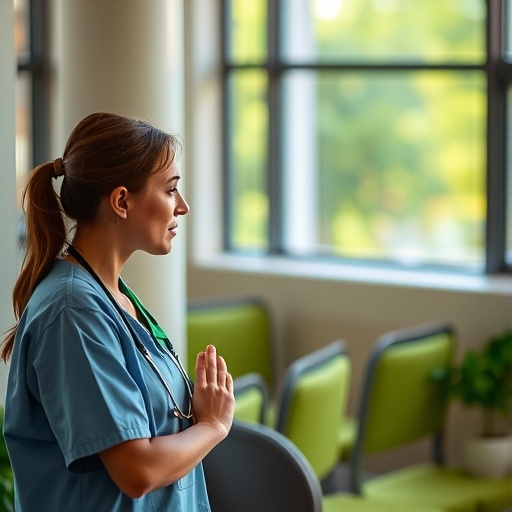Streptococcus pneumoniae is an opportunistic pathogen that commonly infects young children and the elderly. This atlas will help researchers better understand how to treat these infections.

Credit: UAB
BIRMINGHAM, Ala. – The bacteria Streptococcus pneumoniae colonizes the nasopharynx and can cause pneumonia. Then, it can spread from the lungs to the bloodstream and cause organ damage. This opportunistic pathogen commonly infects young children, those who are immunocompromised and the elderly. In 2015, S. pneumoniae infections worldwide killed an estimated 192,000 to 366,000 children under age 5.
To understand how this pathogen adapts to different locations in the body, and also how the host responds to the invading microbe, researchers at the University of Alabama at Birmingham, the University of Maryland School of Medicine and Yale University School of Medicine measured bacterial and host gene expression at five different sites in a mouse model — the nasopharynx, lungs, blood, heart and kidneys — using three genetically different strains of S. pneumoniae.
Their resulting in vivo atlas of host-pathogen interactions at disease-relevant anatomical sites is now published in Proceeding of the National Academy of Sciences. The researchers identified shared and organ-specific transcriptomes of S. pneumoniae, and they showed that the bacterial and host gene expression profiles are highly distinct during asymptomatic colonization versus disease-causing infection.
This means the bacterium behaves differently, depending on which site it infects, and that the mouse organs, in turn, also respond differently to the presence of bacteria. Additionally, certain S. pneumoniae genes were found to always be highly expressed by all three strains of bacteria at all anatomical sites, which makes them ideal targets for new vaccines or therapies.
This was the first time that gene expression profiles during colonization and at multiple host infection sites were mapped from both the host and the pathogen perspectives.
“We believe that the atlas of transcriptional responses during host-pathogen interactions presented here,” the authors wrote, “will constitute an essential resource for the pneumococcal and microbial pathogenesis research communities and serve as a foundation for identification and validation of key host and pneumococcal therapeutic targets in future studies.”
Carlos J. Orihuela, Ph.D., professor in the UAB Department of Microbiology, and Hervé Tettelin, Ph.D., professor in the University of Maryland School of Medicine Department of Microbiology and Immunology, are co-senior authors.
Besides a descriptive analysis of the transcriptomes, researchers confirmed their findings using bacterial mutants, in vivo challenge experiments and host treatments. In challenge experiments, the researchers found that an interferon beta anti-inflammatory treatment prevented the bacteria from invading vital organs and promoted host survival. This finding offers potentially new therapeutic avenues.
Symptoms of pneumococcal infection include fever, cough, shortness of breath, chest pain, stiff neck, confusion, increased sensitivity to light, joint pain, chills, ear pain, sleeplessness and irritability. While advances in antibiotics and the use of pneumococcal conjugate vaccines since 2000 have lowered deaths attributable to S. pneumoniae, the pathogen continues to show an increase in antibiotic resistance, and it also can switch to capsule types that are not covered by the current United States Food and Drug Administration-approved vaccines. Thus, pneumococcal infections continue to be a significant cause of illness and death.
###
Co-authors with Tettelin and Orihuela, in the study, “An in vivo atlas of host-pathogen transcriptomes during Streptococcus pneumoniae colonization and disease,” are Adonis D’Mello, Department of Microbiology and Immunology, University of Maryland School of Medicine; Ashleigh N. Riegler, Eriel Martínez, Sarah M. Beno and Tiffany Ricketts, UAB Department of Microbiology; and Ellen F. Foxman, Department of Laboratory Medicine, Yale University School of Medicine.
Support came from the Merck, Sharpe & Dohme Corp. Merck Investigator Studies Program award IISP ID#: 57329 and from National Institutes of Health grant AI114800.
Media Contact
Jeff Hansen
[email protected]
Original Source
https:/
Related Journal Article
http://dx.




